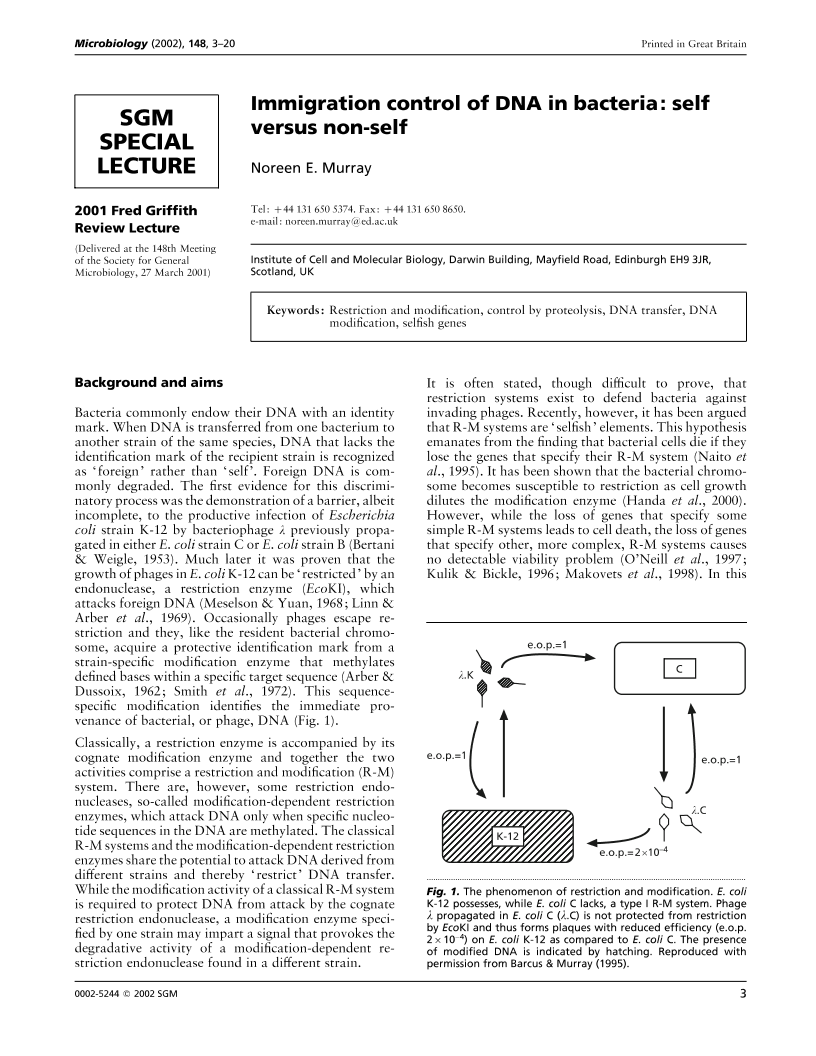
Full text loading...

Immigration control of DNA in bacteria: self versus non-self, Page 1 of 1
< Previous page | Next page > /docserver/preview/fulltext/micro/148/1/1480003a-1.gif
There is no abstract available.

Article metrics loading...

Full text loading...
References


Data & Media loading...
